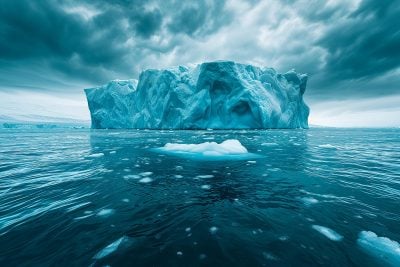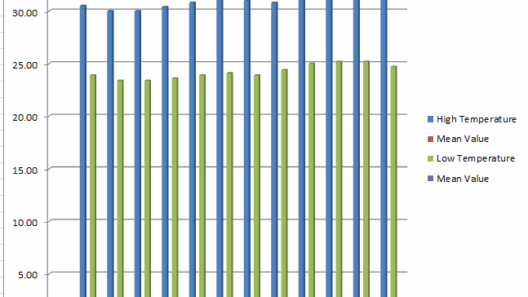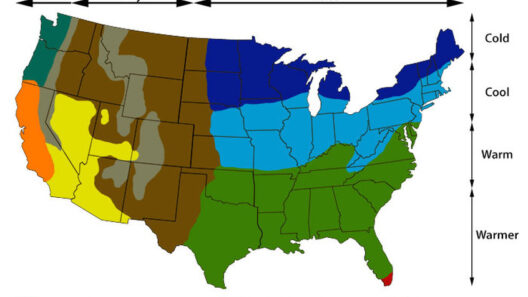In the grand mosaic of Earth’s history, each era boasts its own climatic symphony, an intricate tapestry of temperature fluctuations and precipitation patterns. The secrets to these melodies lie uniquely preserved within the icy archives of our planet—specifically, ice sediments. As we delve into the hallowed halls of glaciology, we come to understand how scientists meticulously reconstruct past climates by deciphering the enigmas contained within these frozen layers.
Imagine a colossal, ancient library, buried beneath glaciers, with each layer of ice representing a shelf filled with tomes detailing the climatic tales of yesteryears. This library, however, is not filled with mere words; it is a repository of molecular secrets, paleobotanical remnants, and tiny bubbles that hold the very essence of bygone atmospheres. Scientists, akin to intrepid historians, evoke the past through the study of these ice cores, descending into a world where each layer unveils climatic transitions spanning millennia.
The backbone of this paleoclimatology is the extraction of ice cores from glaciers and ice sheets. These cylindrical samples, which can reach depths of several kilometers, reveal a chronological record of atmospheric conditions. At the polar ice caps and high mountain glaciers, where snow accumulates year after year, layers of ice form like the growth rings of a tree. Each ring encapsulates a year’s worth of information, thickening or thinning in response to climate variabilities, such as temperature changes and volcanic activity.
Drilling into the ice requires specialized technology, often resembling the tools of a surgeon but designed for an arctic operating room. The precision of the drilling process is paramount; a single ice core can contain more than a hundred thousand years of climate history. After the core is retrieved, it immediately freezes in cryogenic conditions to preserve its integrity. Analyzing the core entails a plethora of techniques, allowing scientists to unearth a multitude of climatic indicators.
One of the most compelling aspects of ice is its ability to capture ancient air. Enclosed in the ice’s crystalline structure, tiny bubbles form, preserving atmospheric gas compositions from epochs long past. By measuring the concentrations of gases such as carbon dioxide and methane, researchers glean insights into historical greenhouse gas levels. These measurements allow for comparative studies with present-day data, casting a spotlight on the unprecedented acceleration of climate change currently faced by humanity.
Another captivating element is isotope analysis, which examines variations in oxygen isotopes (O-16 and O-18) within the ice. The ratio of these isotopes serves as a proxy for past temperatures. When global temperatures rise, lighter isotopes evaporate more readily, leading to a higher concentration of heavier isotopes in the remaining ice. This intricate dance of isotopes allows scientists to reconstruct temperature fluctuations over thousands of years, hence painting a vivid portrait of ancient climates.
In addition, entrained particulates within the ice, such as volcanic ash and dust, act as historical breadcrumbs that indicate past geological activity and aridity. For instance, a spike in ash layers can signify a volcanic eruption, while increased dust levels may point towards widespread drought conditions. Each particulate acts like a whisper from ages past, providing layered clues to environmental stresses that civilizations have faced.
Furthermore, biological remnants, such as pollen grains and diatom remains, can provide a wealth of information about ancient ecosystems. These microscopic entities tell tales of past flora and fauna, helping scientists understand how shifts in climate might have affected biodiversity. The presence of specific pollen types can indicate changes in vegetation, suggesting shifts from warmer to cooler climates, or vice versa. Such reconstructions illuminate the intricate interplay between climate, ecology, and human development.
The insights gained from ice sediments do not merely satiate academic curiosity; they serve as critical alarm bells regarding our current trajectory. The patterns observed in ancient climate data highlight a recurring theme: rapid changes often lead to substantial environmental upheaval. As today’s carbon levels surge to unprecedented heights, these lessons from the distant past become ever more salient, urging society to recalibrate its relationship with the environment.
Globally, more researchers are converging on the polar ice sheets and high-altitude glaciers, looking to unlock further climatic mysteries. As we confront the challenges of a warming planet, the echoes of ice serve not only as warnings but as clarion calls for immediate action. The record etched in ice propels discussions on policy reforms and sustainable practices, emphasizing the need for a concerted effort to mitigate the virulent effects of climate change.
As much as this work bears the hallmark of science, it is also imbued with a sense of urgency. The narratives embedded within these layers are not just about understanding what has been; they are about informing what could yet be. The unique appeal of ice sediments lies in their ability to speak of resilience and vulnerability, of the cyclical nature of climate—and the indispensable role we play in shaping its future. In conserving the living planet, we honor the stories embedded within its icy depths, thus fortifying our commitment to wielding this knowledge for advocacy and action.
In a world cloaked in uncertainty, the ice remains steadfast—a tangible link to our planet’s history. It reminds us of the profundity of change and the resilience of our planet, as well as of the delicate balance we must strive to maintain. By unlocking the secrets held within these frozen archives, we find not merely a glimpse into our past but guidance for navigating the tumultuous waters of the future.








